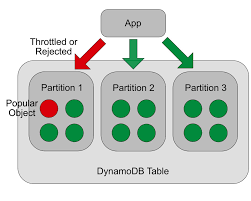To determine whether you have enabled the pitr (point-in-time recovery) function, you can confirm by checking the software or application settings and system logs. Here are some general steps and methods, which may vary depending on the software or platform.
1. Open the software: First, open the database or storage management software you are using.
2. Navigate to Settings: In the main interface or menu of the software, find and click the "Settings" or "Configuration" option.
3. Find the pitr function: In the settings menu, look for options related to "Backup and Recovery", "Point-in-Time Recovery" or similar names.
4. Confirm status: Check the status of this option. If it is displayed as "enabled" or a similar description, it means that the pitr function has been turned on.
1. Access logs: Log in to the server's management interface and find the storage location of the system log or application log.
2. Search keywords: Search the log files for keywords related to pitr, backup or recovery.
3. Analyze the log: Check whether there is any record of enabling or configuring the pitr function in the log.
1. Log in to the database: Use the command line tool to log in to your geminidb redis database.

2. Check the configuration: Enter the relevant commands to check the configuration of the database, especially the configuration related to backup and recovery.
3. Confirm pitr settings: Find pitr-related settings in the configuration and confirm their status.
Please note that the above steps and methods may vary depending on different software or platforms. If you are using a specific database or storage management software, it is recommended to consult the official documentation or help center of that software for more detailed guidance.
Through the above steps, you should be able to determine whether you have enabled the pitr function. If it has not been turned on, you can enable this function according to the guidance of the software to ensure that your data can be recovered quickly and accurately when needed.